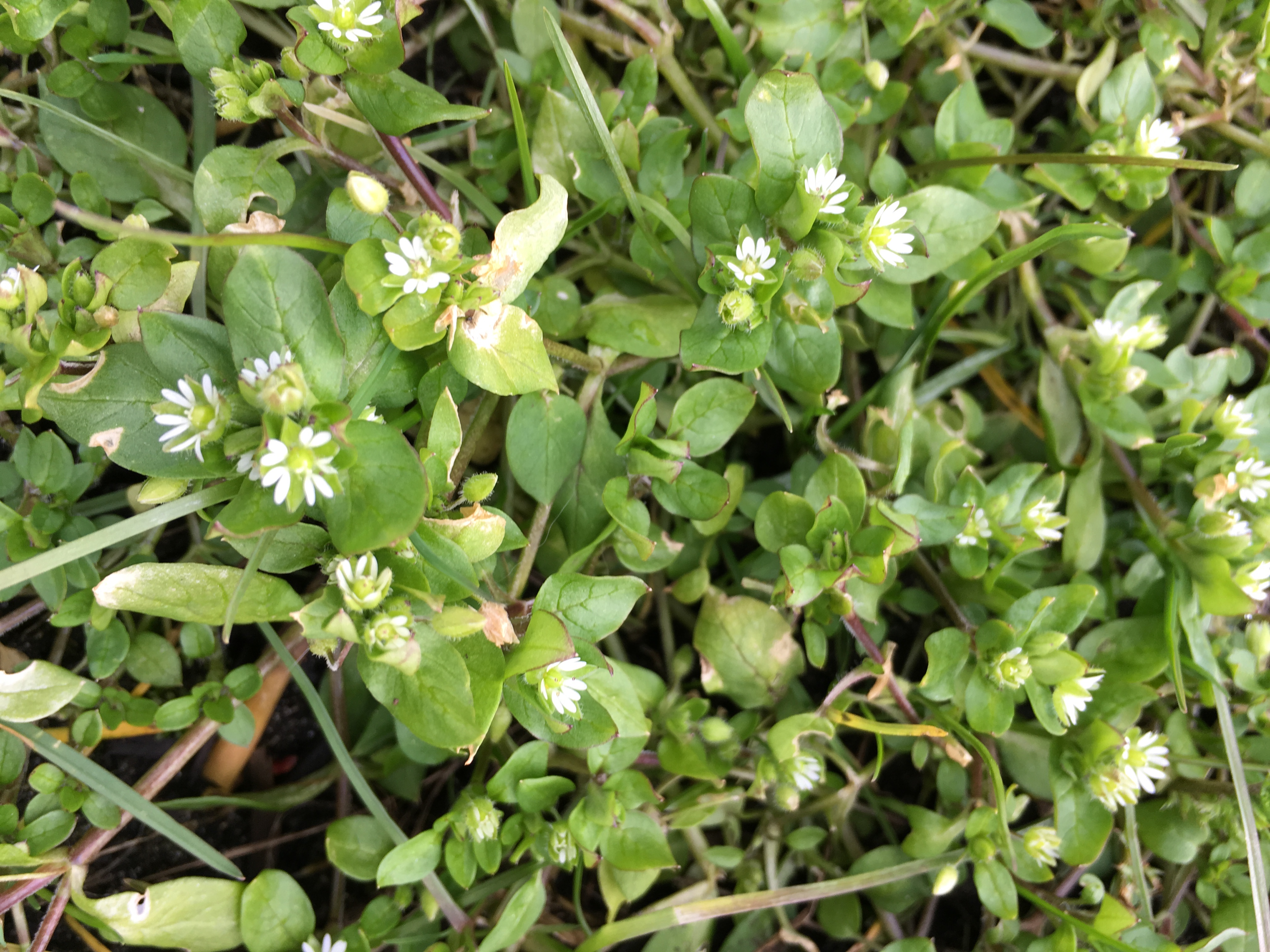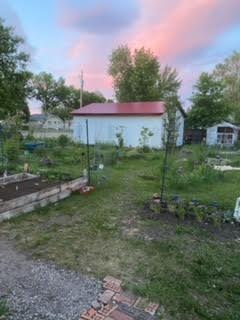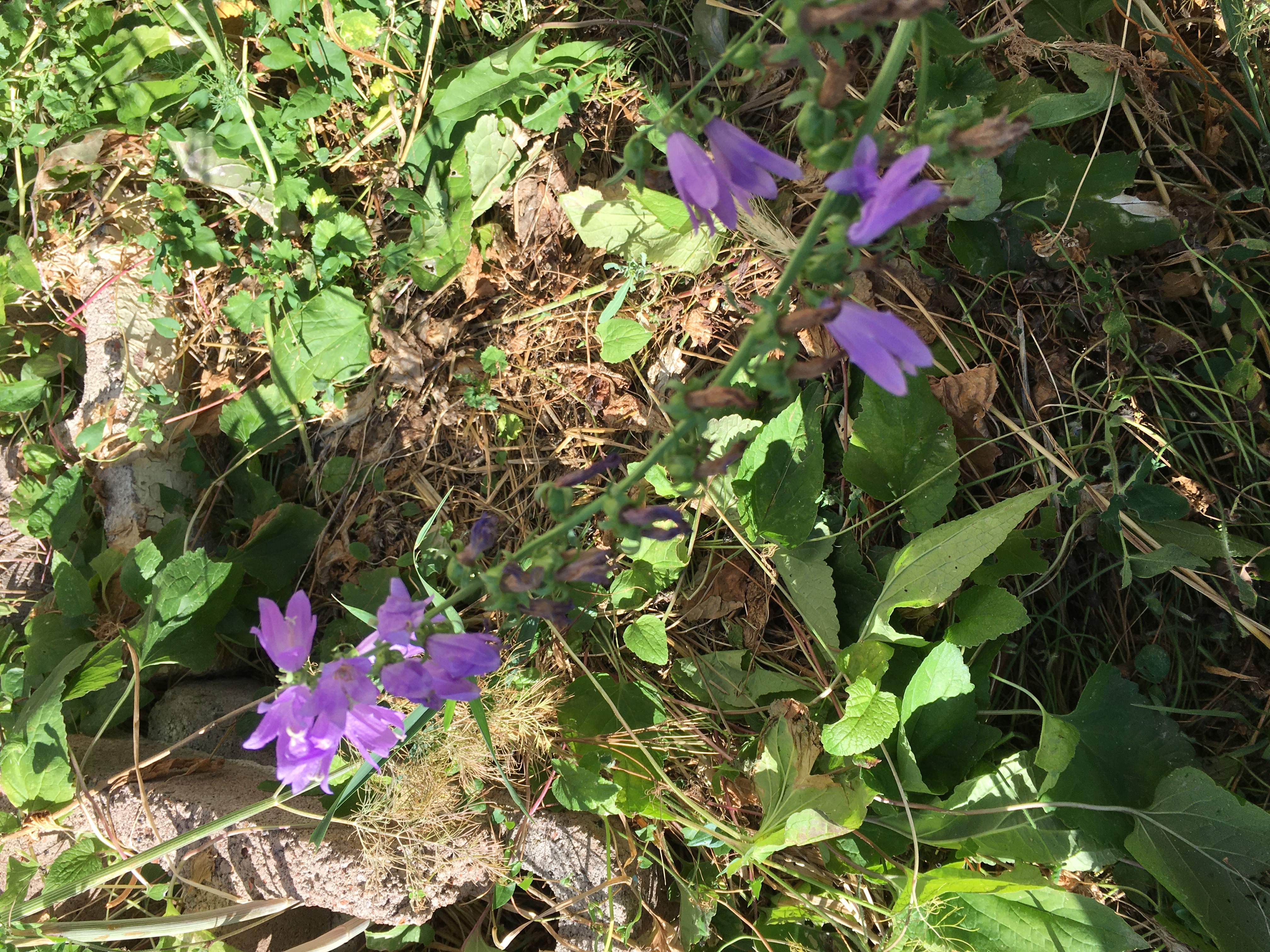WANTED DEAD OR ALIVE
TARAXACUM OFFICINALE
OTHERWISE KNOWN AS
DANDELION

Approach with caution. Will release an incredible amount of seeds with a single huff.
But wait! Dandelion is a very useful plant. Would we still want to annihilate it if we knew that dandelion could:
-assist our livers in cleansing
-balance blood pressure without reducing potassium
-relieve constipation
-improve digestion
and so much more...
Weeds as Natural Remedies
Weeds are plentiful and tenacious. Many common weeds can be used as natural remedies and a source of wild food. This site explores common weeds and how they may aid ourselves, families and friends in supplementing our nutritional needs during difficult times.
Weeds!!!
Try as we might, we cannot seem to reduce the weeds in our natural space. For some, weeds elicite feelings of frustration, exasperation and a desire to annihilate. Some may despair that their outdoor space will never be clear of weeds...and they are not wrong. These mighty plants dig themselves in, like a squatter, and will not be removed from their chosen place without a fight.
Let's STOP for a minute and consider:
Do those plants serve a purpose? Are they edible? Could they be a natural remedies in some way? Do they offer other uses like textiles, mulch, attracting pollinators or crafting?

Chickweed (Stellaria media) is a low growing weed that thrives in shaded, moist, areas of the yard. My friend has an eviable patch of chickweed. I harvest my chickweed from her garden for my summer smoothies since she doesn't spray her weeds. I use chickweed as a tonic. It helps the lymphatice system remove toxins in a gentle manner from the body. Chickweed is a source of vitamin C and antioxidants.
Instead of investing in chemical sprays and mixtures to erradicate the weeds found in our yards, what if we learn the benefits of those weeds? How could we use them in our lives? I have been pleasantly surprised that science has already been investigating the properties of many common weeds.
This site will provide ongoing updates on the uses of weeds outside your backdoor. To stay informed on new additions to this site, consider signing up for my newsletter.

My backyard, contains sizeable areas of natural landscape (aka weeds rule). I don't want my whole yard to be weeds, but I do make room for them in my garden. My herbalist heart revels in the aromatic plants and beautiful blooms for remedies. When I notice a patch of weeds I'd like to use for food or natural remedies, I remove surrounding plants, to give the focus weeds space to flourish. In this way, I encourage food, herb and weed growth and discourage unwanted/unneeded plants by heavy mulching or removing them by hand.
This is not easy work. There are no shortcuts or hacks to personalizing a space. There is no room for heavy equipment in my garden area. To me, this is a positive thing. It means the ground is not subject to compaction, which may contribute to an inhospitable environment for healthy roots of the plants I desire to grow.
I step out my backdoor and spot a weed, and I think..
What is that plant?

I saw this pretty flower. I was able to identify this plant as Creeping Bell Flower (Campanula rapunculoides).
How did I identify my mystery plant?
OBSERVATION. I made note of the plants features: shapes of the flowers, leaves, stem. Consistency of the leaves, are they smooth or rough, ridged, hairy, spiny, etc. Color of the leaves and flowers.
Next, I noted where the plant was growing. Is it in a protected area away from wind, or out in the open. Is it in a sunny, shaded, or partly sunny location? Is the ground moist or dry? Are there other plants growing nearby, or is it in a patch all by itself?
INVESTIGATE. I take this information to the internet. In the search bar I typed "purple bell flowers in Alberta". The first result is creeping bell flower and the description gives me a preliminary description, a picture and information that this plant is an invasive species in my province.
I want to make sure I have a positive ID on this plant. I take note of the description on the web site and make sure that each detail matches my plant. I search other web sites to cross reference then double and triple check the descriptions. I also look through my field guides. Proper identification is crutial.
Once I feel confident I have the proper plant, I start to research traditional medicinal or food uses of my weed.
This is my process in a nutshell.
Many of the weeds out my backdoor are common and most people can easily identify them. Weeds like dandelion, plantain, burdock, shepherds purse, thistles, purslane, stinging nettles, are plentiful and easy to spot.
The most surprising thing to me, is that these plants provide a variety of uses to me and my family. Over the years I have relied on them to "be around" when I have needed to apply a leaf for a bug bite, extra greens for a stirfry, or a tea to help alleviate allergy symptoms.
If this intrigues you as well, I hope you'll stick around and investigate the weeds outside your backdoor. Perhaps you will come to appreciate the incredible versitality of weeds as natural remedies and/or wild food. (02/2025)
The information contained within this website is for information purposes only. This website is not a substitute for the advise of a health care professional nor should the information contained herein be used to diagnose, treat or prevent any disease or illness. Consult a healthcare professional for all your healthcare needs.